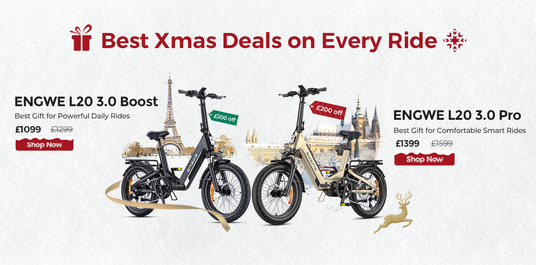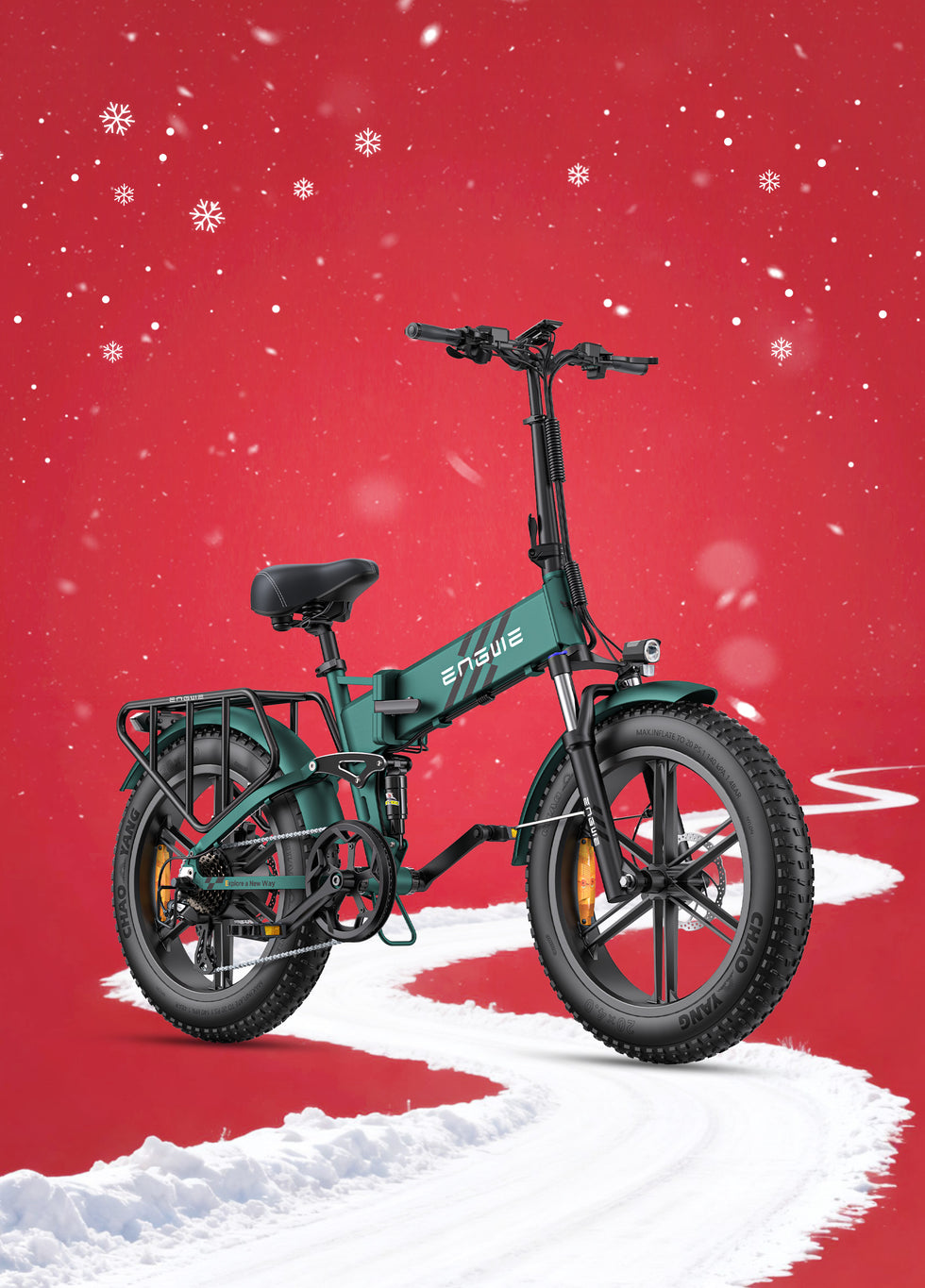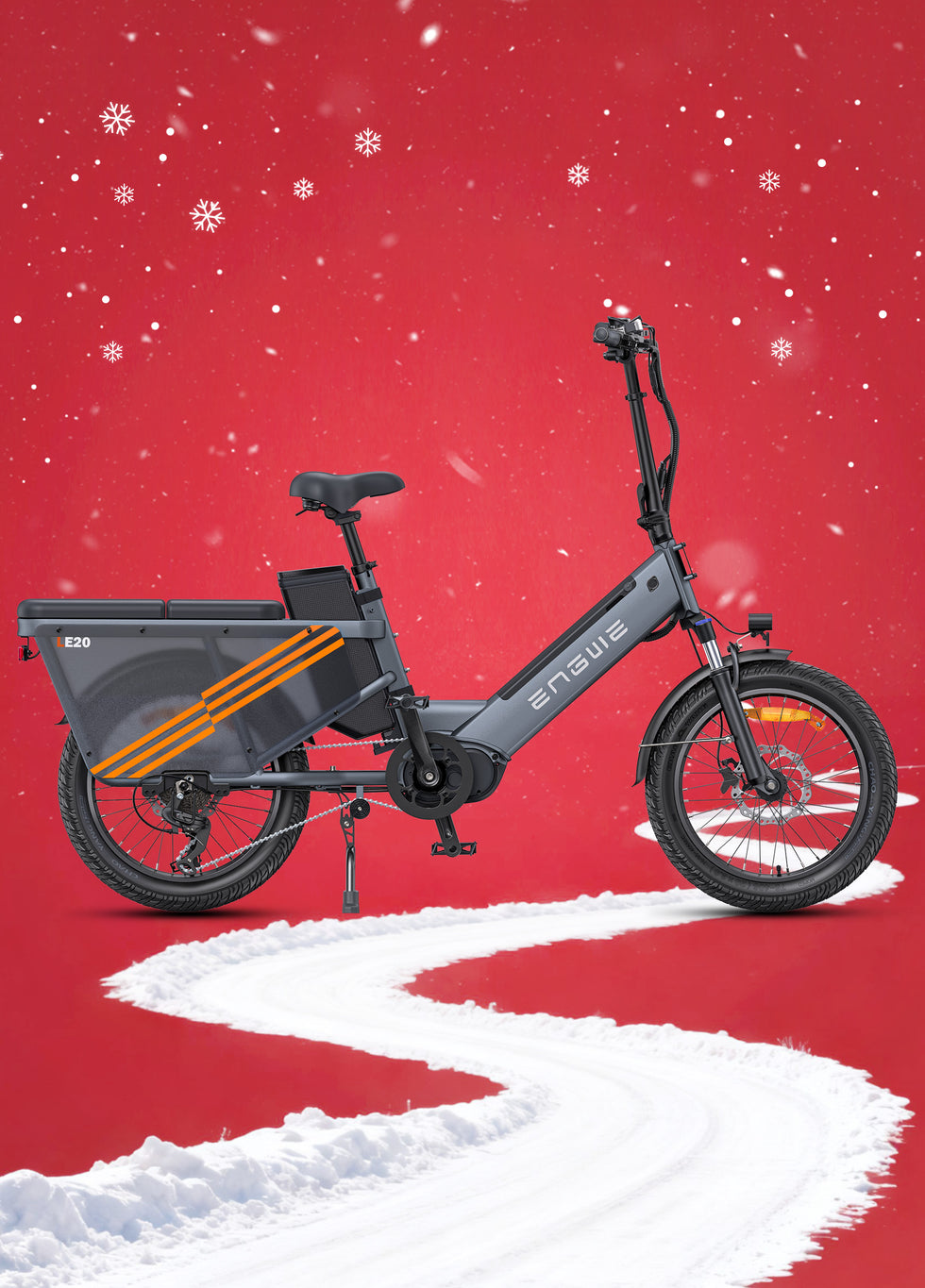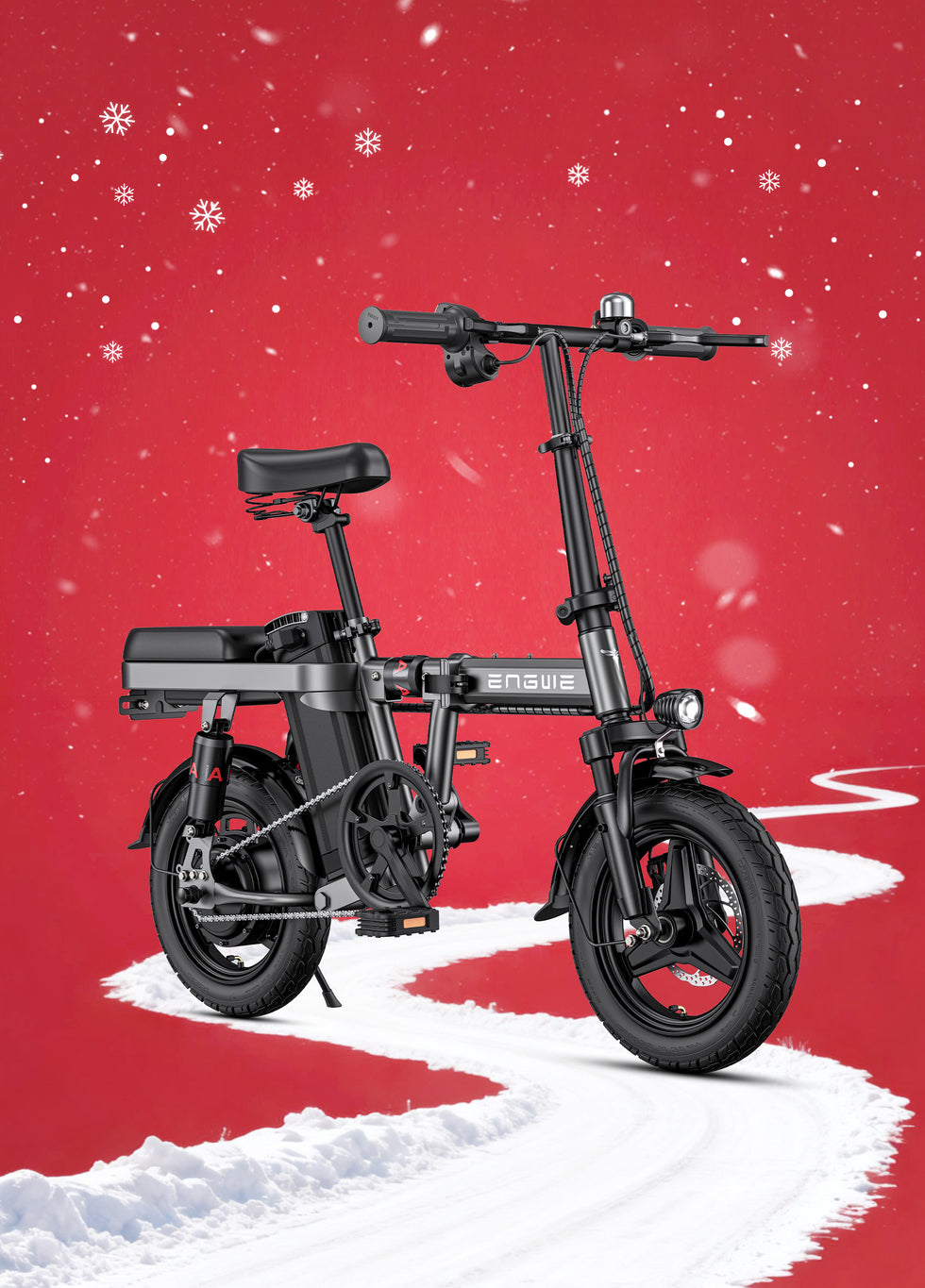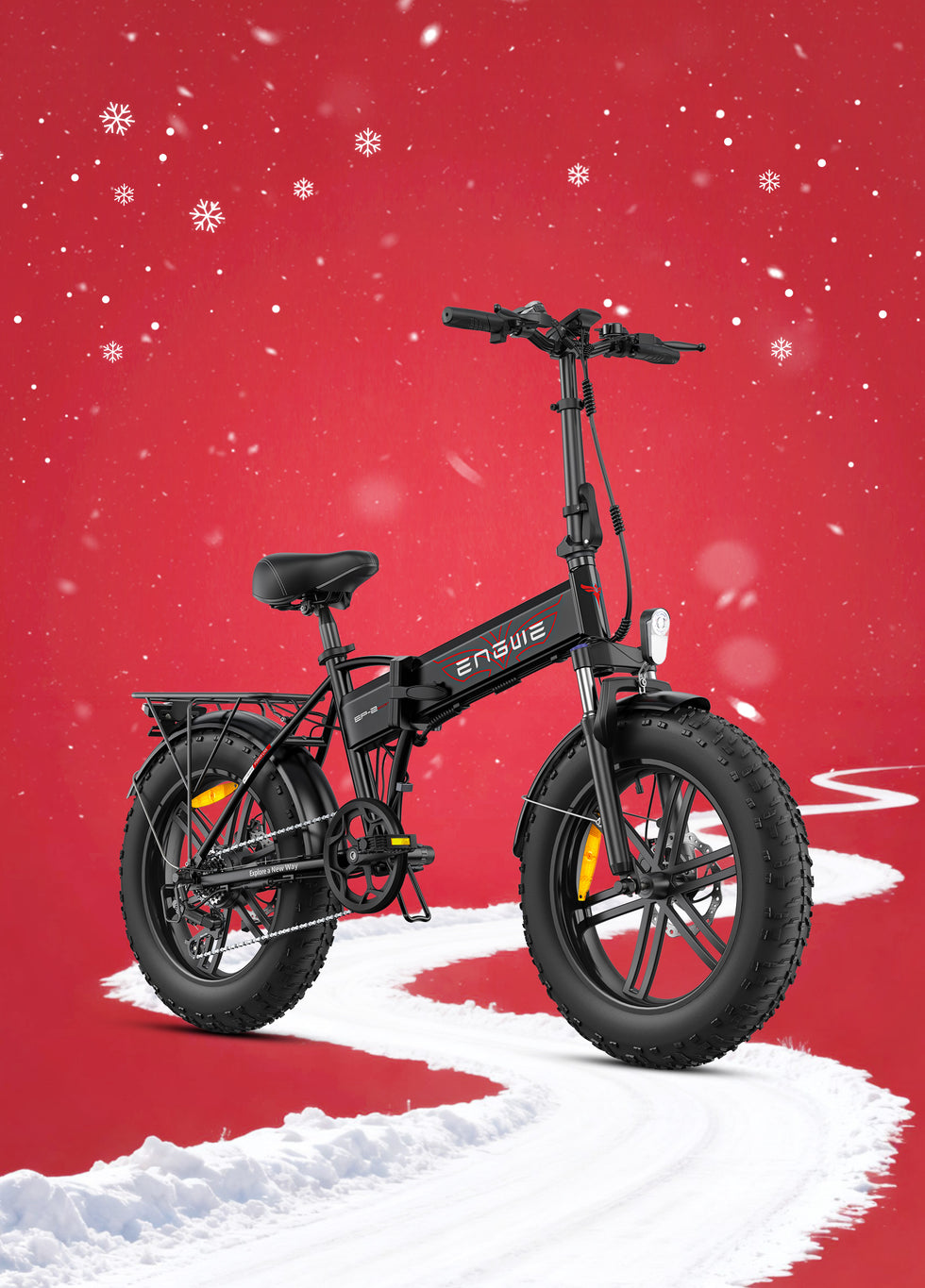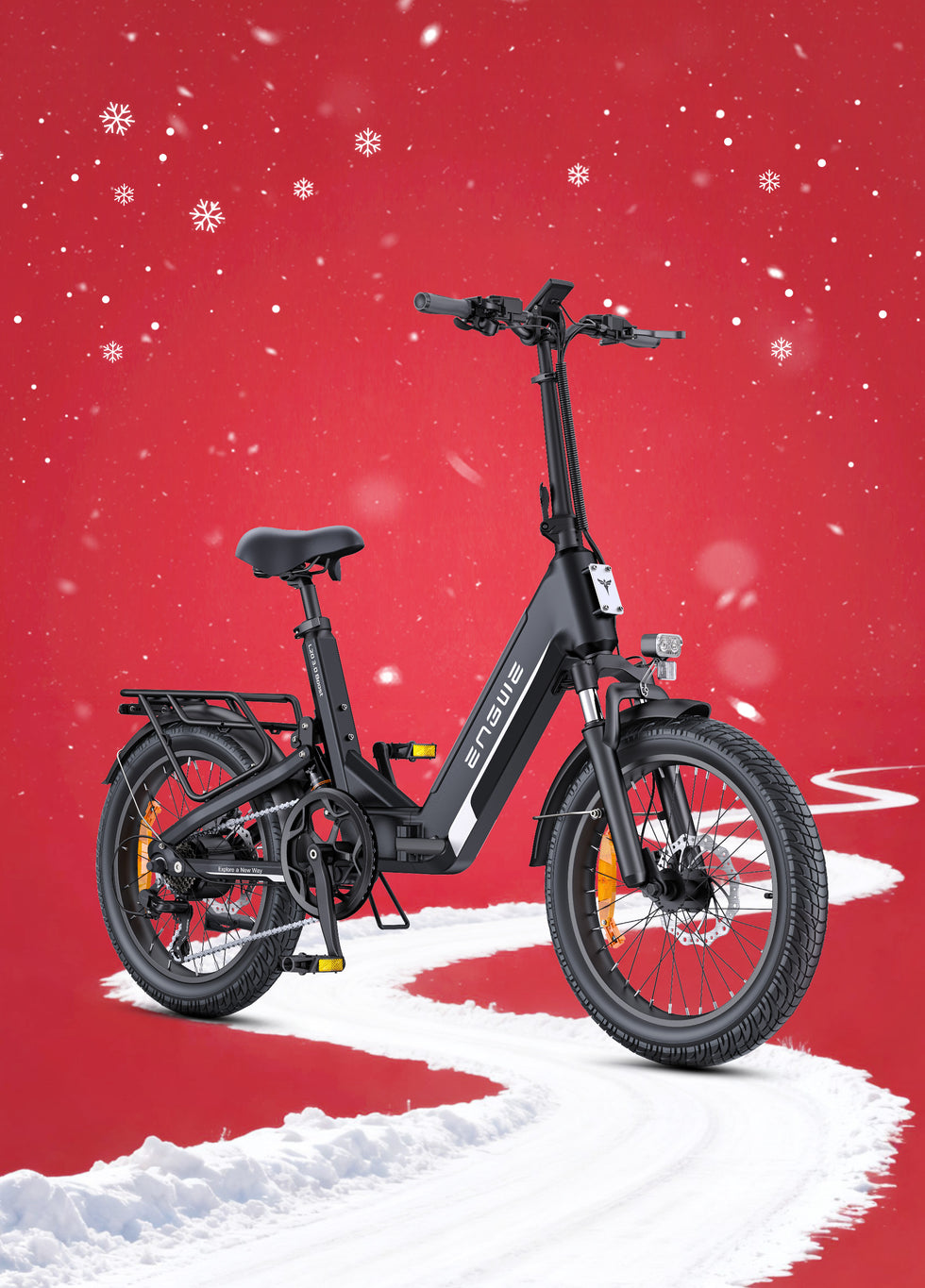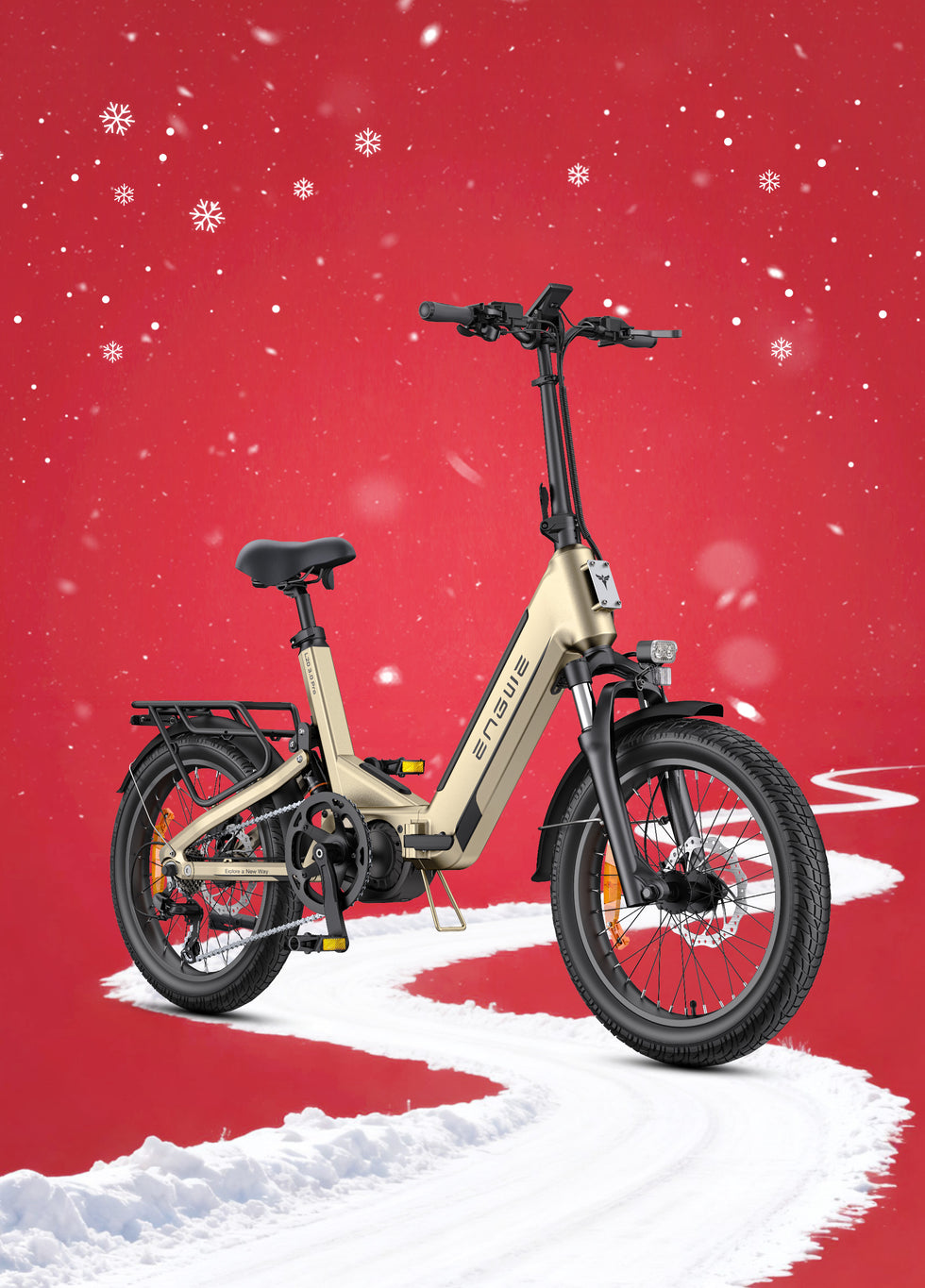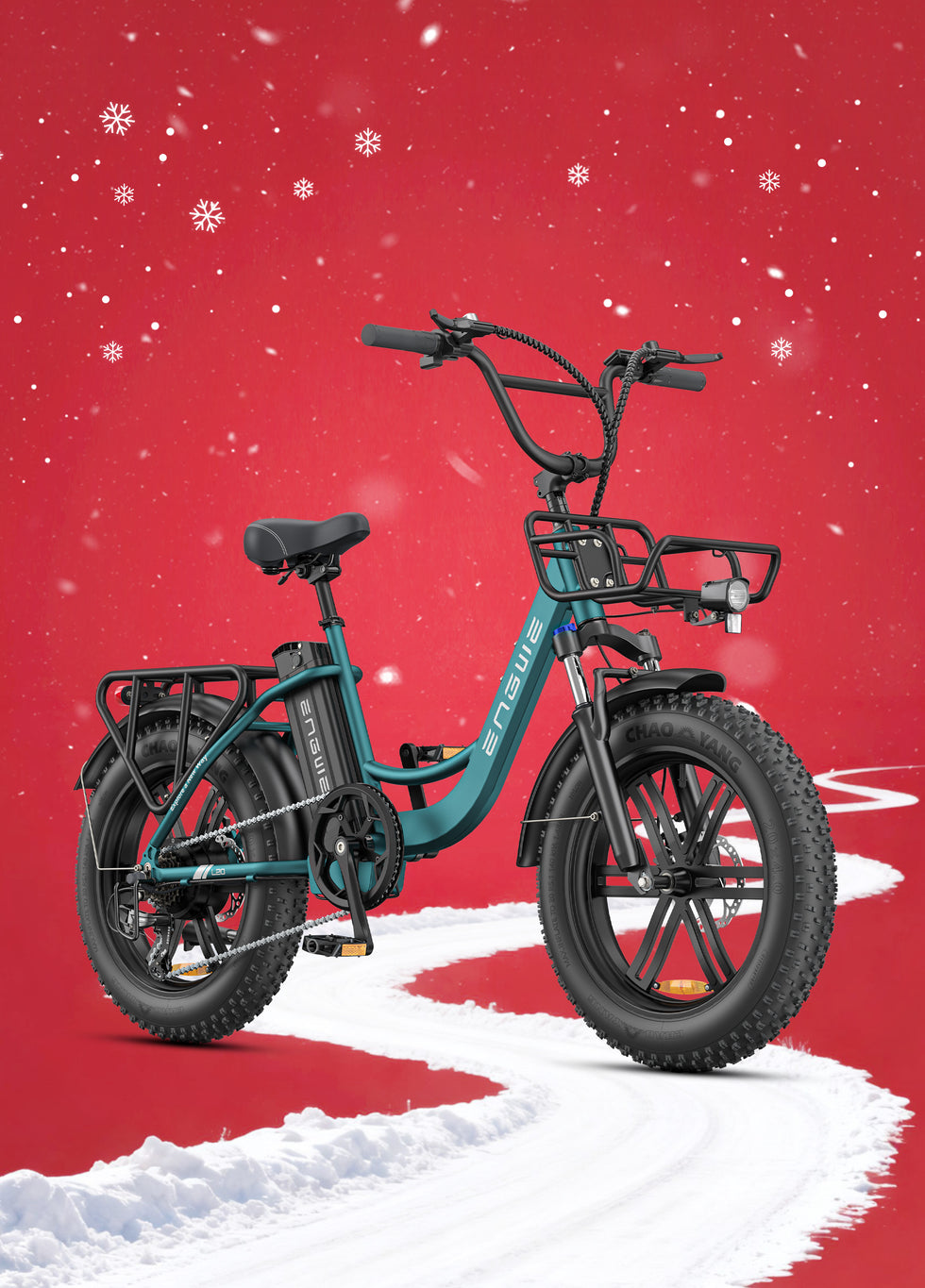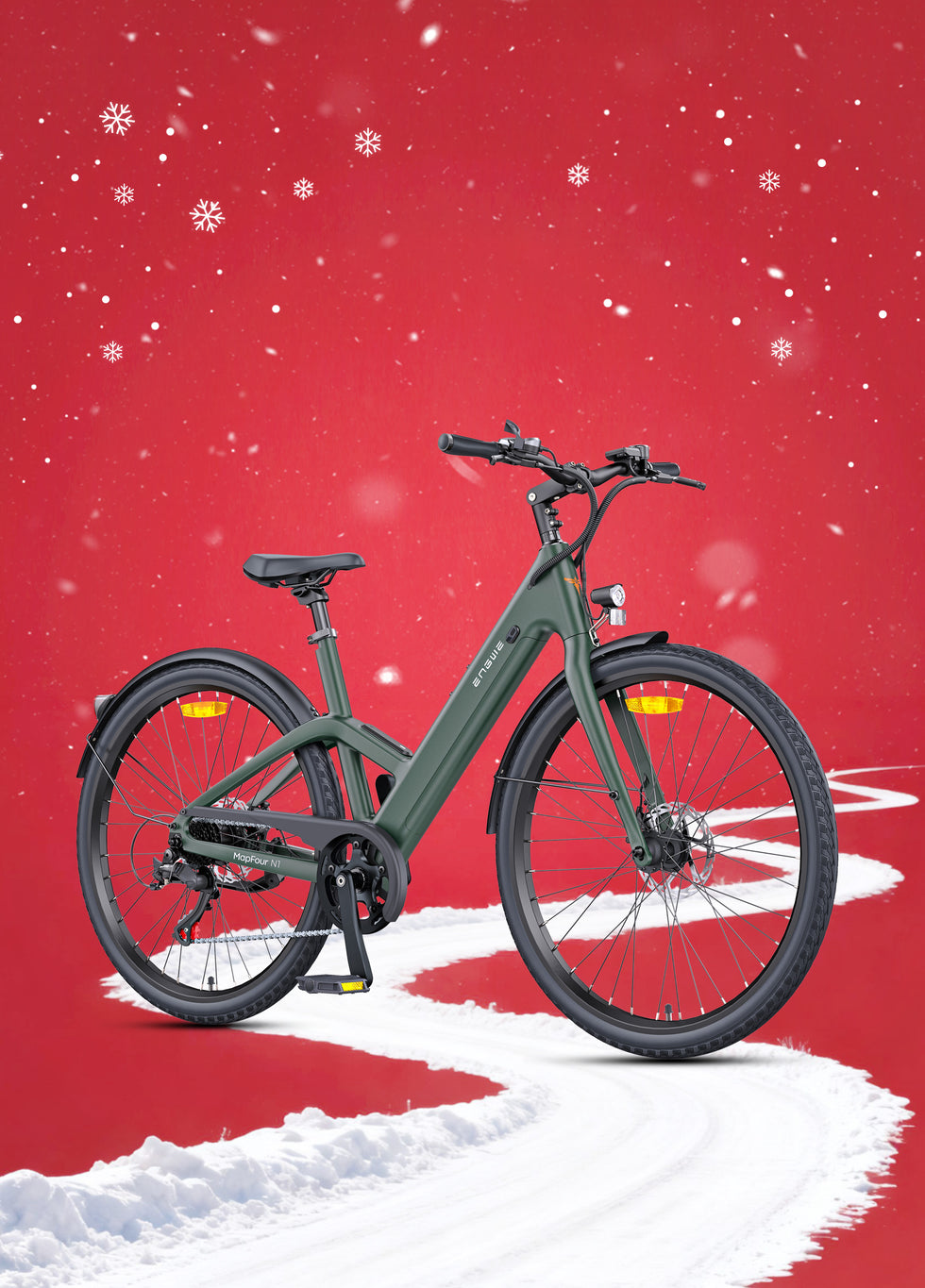The phrase “most powerful e-bike” is a curious thing to type into Google because it means so much more than the highest number on a spec sheet. You want something that can run up steep hills without getting winded, carry everything, and do so whilst delivering you the immediacy and thrill of cycling until the point a few kilometers in where riding stops. In an e-bike context, true power isn't just about raw wattage; it's a dynamic blend of motor torque and capacity, battery endurance, light integration, and robust construction. This guide will lay out what you need to know in order to understand power and find an e-bike that truly delivers on its promise of powerful yet reliable performance, transforming the way you commute.
What Makes an Electric Bike "Powerful"?
The idea of “power” in the e-bike world remains a nebulous thought. Power is one factor, but it's not simply due to a high-wattage motor. The true power of an electric bike is a perfect integration of parts, while in performance, it should be realized by a good balance. Here are the most important elements of power, which I will also divide into simpler parts for you.
Wattage and Torque (What do the Motor Ratings Really Mean?)
Power: The motor is your e-bike's drive system, and its output is essentially how many watts (W) it puts out, along with the amount of torque in Newton-meters (N.m).
Watts (W): Wattage is the e-bike horsepower equivalent. Mostly, this pertains to the wattage that the motor produces and will have some influence on the top speed of the bike. An electric bike motor with a higher wattage means it has more power and can sustain higher speeds. That said, most local rules put a limit on the continuous power output (250W in Europe, 750W in the US) that a bike has to produce from human pedal power alone to be called an electric bicycle.
Torque (N.m): This is arguably the more interesting figure when it comes to feeling "power" in everyday riding. Torque is what the motor needs to work as an accelerant and get you up a hill; in short, its rotational force. High torque can give you a flying start from a standstill in a fraction of a second and will change the game when you are going uphill or carrying heavy objects. Even though a high wattage output can be indicative of a powerful bike, many riders will feel like it's "not as powerful" than the same number of watts being delivered at a higher torque output.
The Fuel Tank for Your Power — The Battery
With a powerful motor comes a battery to match. How far you can go, and how many miles at top speed you can log, is dictated by the battery's capacity.
Capacity: Battery capacity is measured in Amp-hours (Ah) and Volts (V). By multiplying these two figures, the total energy storage expressed in Watt-hours (Wh) is arrived at. The larger the Wh number, the more of a "fuel tank" it represents and, potentially, the greater the range.
The value of a Removable vs. Integrated battery is huge. You can bring it inside to charge, while it also serves as a security measure — there is no point for thieves to steal an e-bike without a battery.
Durable Construction – Frame, Brakes, and Weight Capacity
Power needs control and durability. If it's going to be a "muscle" e-bike, you have got to build a bike that can take the strain and do the job you intend for it.
Frame Strength & Load Capacity: The frame should be strong enough to transfer the torque from the motor and support the rider and the cargo efficiently. A high maximum load capacity is confirmation that this is a heavy-duty machine that can complete some serious work.
In simple terms, better power needs better stopping. By now, disc brakes are the norm for high-power e-bikes; they're more powerful and reliable than rim brakes in all weather conditions. With larger disc rotors (180mm), you get even more stopping power and heat dissipation, which is important for safety when riding fast or with weight.
All-Terrain Capability: Tires and Suspension
A good e-bike should be capable of taking you from where you are to wherever else in the city, regardless of terrain.
Fat Tires: Usually 4 inches wide, fat tires have a large contact surface with the ground. That means while you're wading through the beach sand in Cape Hatteras, snow on Stowe Mountain, or otherwise romping over the stones at Overland Expo, you can take advantage of great traction and a softer, cushioned city-street ride. They distinguish a bike designed to be versatile and potent as well.
Suspension: A front suspension fork takes the edge off bumps and rocks. This both smooths out the ride and also adds some control and stability when at speed, meaning you can keep power on and spinning where a solid frame would stop you in your tracks.
The 5 Most Certain Questions Before Buying The Best Powerful E-Bike
If you want the best powerful e-bike for your needs, you must tailor its performance values to your particular mission statement. These five questions will help you narrow down your search and buy a bike that will better enhance your rides.
Primary Use Case:
The word "powerful" means different things for different activities. Are you a city commuter, delivery rider, or weekend adventurer?
Urban Commuting: On the other end of the pendulum swing, you may want some agility and a comfortable ride - but features like fenders and lights might suddenly be at the top of your list. Here, power is the ability to get off the line swiftly and smooth out rough city streets.
Cargo & Delivery: It's all about that torque when you are weighted down and moving a heavy load, especially up inclines. This requires a robust frame and a large, long-range battery.
Off-Road & Trail Riding: Power, in this case, is a blend of high torque for climbing, a quality suspension system for bumps and drops, and tough-as-nails, grippy tires for dirt and gravel traction.
How Important Is Hill-Climbing Ability?
There are two things you need to consider when purchasing your pedal-assisted electric bike. One is if you live on a flat route, speed should be your priority. In such cases, torque (measured in N.m) should not be your first preference. If, however, like me, you will be traveling along significant hills using motor power, then torque is key. At the end of the day, a bike with 50 N.m will be dramatically better at pulling you up hills than one with 30 N.m, even if they are both specced at that same 250W. A few bikes also have a "boost" mode that gives you full power instantly (a real boon on the steepest inclines).
What is a Realistic Range for You?
Bike manufacturers usually specify a "potential" range based on ideal conditions (e.g., flat terrain, low-level support, lightweight rider). Look at the reality of your own life. Take your max round trip and then add 20–30% to it. For a true "apples to apples" comparison between models, take a look at the battery Wh rating. Keep in mind, a massive motor or a lot of inclines will drain the battery faster, but more capacity is always a good thing for high-power systems.
Do You Need Fat Tires and Suspension?
These are features you need for a powerful, all-terrain, ultra-versatile bike, but they come with tradeoffs.
Pros: The most comfortable ride around; high ground clearance means you can lean it and ride with confidence almost anywhere, from fresh tarmac to frozen gravel to sand.
Cons: Obviously, the big, fat tires create more drag, and all that additional componentry adds weight, so it's a little less efficient on smooth pavement than your normal skinny-tire road bike. If you only ride on well-maintained bike paths, some riders might find that they are not necessary. But, if you are after a versatile ride and the best in cushioning, then it has what it takes to make an e-bike great.
What Kind of Maintenance Are You Willing to Do?
Without a doubt, a powerful bike is an expensive investment, and its life relies on its parts. Consider the maintenance requirements. But while traditional spoked wheels might need to be trued every so often to keep them rolling straight, one-piece mags require next-to-no maintenance and can endure much more abuse. In the same way, mechanical disc brakes are lower maintenance than hydraulic disc brakes and easier to work on for home mechanics, but hydraulic brakes push your braking performance to another level. Select options you feel comfortable maintaining.

The spotlight falls on a fully equipped all-rounder. The Engwe EP-2 Boost
The Engwe EP-2 Boost Fat Tire Foldable Electric E-Bike is a compelling option when we talk about power based on the entirety of it all. It is not just about a powerful motor, but intelligent features and heavy-duty build quality to ensure the surplus power translates into a superior ride on every terrain.
Designed to give you a no-nonsense burst of muscle whenever inspiration strikes, the EP-2 Boost is not your typical bike. With a 250W brushless motor that falls within EU legal limits, it is certainly intriguing, but what really stands out here is the whopping 55 N.m of torque. This high torque translates to acceleration and the ability to climb hills with confidence. The Performance Control with Boost function provides an extra helping of fun: The dynamically oriented power supply for efficient driving offers an instantaneous and spontaneous response from the very first turn of the pedals.
A torque sensor is a great way to offer a more engaging ride. Torque sensors measure the amount of force you’re pushing on the pedals. Unlike a basic cadence sensor, this enables the motor to seamlessly add power in perfect harmony with your body, resulting in a ride that feels smoother and more like an extension of you. It's a top-shelf feature that makes the bike ride like an ultra-refined, high-powered appendage.
Supporting this power is a removable 48V 13Ah Lithium-ion battery. The result is an impressive maximum range of 120 km (PAS 1), a mileage that many competitors cannot match, putting to rest the widely known malady of range anxiety. It is also easy to remove when at home for charging and for extra security.
They have the power you need when you need it most, and they do not come without a firm grip on things with practical strength that will keep rocking for as long as you ride. The bike features 180mm front and rear mechanical disc brakes that should offer good, dependable stopping power. The frame is reinforced to manage a massive 150kg (330 lbs) maximum load, which we can all agree makes this bike a proper workhorse. 20 x 4.0-inch fat tires and a front suspension fork guarantee that this all-terrain package is a smooth, assured ride from city streets to dirt paths. It also has one-piece wheels that are stronger, more balanced, and maintenance-free compared to traditional spoked wheels.
Lastly, the EP-2 Boost comes full of useful additions that reinforce its capabilities. The foldable design makes it easy to store and carry. It has a heavy-hauler rear rack (capacity of 25 kg) and mudguards, plus integrated front and rear lights, so you're all set for all of your daily needs straight out of the box.

Getting the Most out of your E-Bike — Tips for More Power & Performance!
As it turns out, having the most powerful e-bike is only part of the equation. Here are a few simple habits to keep it running at its best.
Keep Them Full of Air:
Low-pressure tires soak up energy because the motor and battery must work harder. If you inflate your tires to the recommended PSI that is marked on the sidewall of your tire and try checking them weekly, you could see a big difference in range and efficiency.
Strategically Shift Gears:
Don't just rely on the motor. Shift the Shimano 7-speed shifter just like you would on a standard bike. Downshift before climbing a hill or when accelerating from a stop. This will lessen stress on the motor, save your battery juice, and give you additional effective power.
Get Your Pedal Assist System (PAS) Under Control:
Stop riding on PAS Level 5 all the time. Start in as low a level of assist (1 or 2) as you can while still feeling comfortable on flat ground, and save the higher levels for when you come to those monster hills or when you're pushing into strong headwinds, etc. This one habit will dramatically increase your battery life.
Smart Battery Care:
Take care of the 'beast' that powers your e-bike. Don't leave your battery completely drained for extended periods. If you think you are not going to use it for weeks, maintain its charge at about 40-70%. Keep it regularly charged and store it where temperatures are not extreme to extend the battery life and power output.
Keep the Drivetrain Clean and Lubricated:
A dirty, gritty chain is an inefficient chain. That robs your bike of power, whether it comes from your legs or the motor. This will allow you to have a smooth and efficient transfer of power through the rear wheel, so make sure to keep it clean and lubed.

Your Path To Power Begins
The leaderboard for the "strongest e-bike" is subjective. It's not about the bike with the most power on a spec sheet, but rather the one you feel powerful on. Real power is knowing that you can tackle every hill on your commute, having the freedom to hit a new trail, and being able to hit the grocery store for however many frozen pizzas your heart desires without even breaking a sweat. Now that you understand it's not all about wattage, you can consider the combination of torque, range, build quality, and intelligent features to make an informed decision. Now you can scrutinize any e-bike, comprehend what to expect, and find a machine you'll be able to depend on every time you go for a ride!
